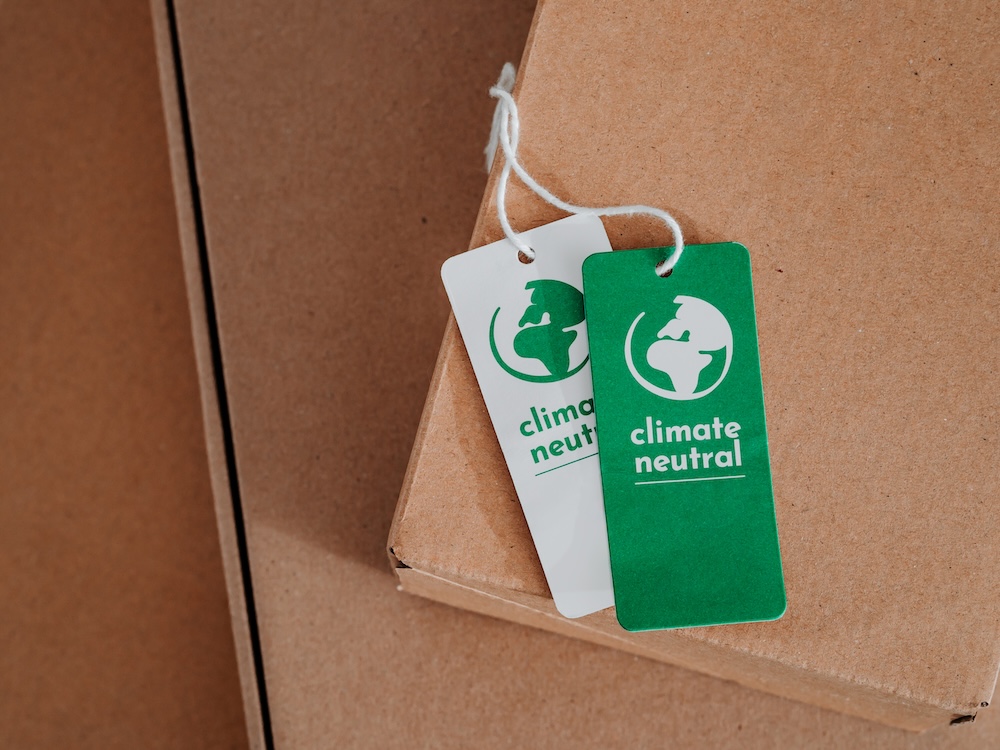Circular design is not just a trend—it’s a quiet revolution. From toothbrushes to T-shirts, companies and consumers alike are rethinking what happens after a product’s first use. Circular design is about more than recycling—it’s about reimagining how we make, use, and reuse the things we rely on every day.
In this post, we’ll explore:
- What circular design really means
- Why traditional product design fuels waste
- How common household items are being reimagined
- What you can do to support the circular economy from home
What Is Circular Design?
Circular design refers to creating products with their full lifecycle in mind—from sourcing to disposal. It’s part of a larger system called the circular economy, which aims to minimize waste and keep materials in use for as long as possible.
Instead of the traditional “take, make, waste” model, circular design prioritizes:
- Durability (longer product life)
- Repairability (easy to fix)
- Reusability (multiple life cycles)
- Recyclability (materials that return to production)
- Compostability (safe breakdown at end of life)
Why Traditional Product Design Creates Waste
The products we use every day—fast fashion, plastic packaging, electronics—were mostly designed for convenience and disposability. That means:
- Planned obsolescence: Devices are made to wear out or be replaced
- Mixed materials: Hard to recycle because they combine plastic, metal, glue, and coatings
- Low-cost manufacturing: Encourages single-use behavior and landfill waste
- No end-of-life plan: Most items are tossed without a second thought
This system contributes to massive environmental consequences, including:
- Overflowing landfills
- Global plastic pollution
- Depletion of raw materials
- Increased carbon emissions from constant production
Circular design turns this on its head.
Examples of Circular Design in Everyday Products
1. Clothing and Textiles
Problem: Fast fashion creates over 92 million tons of textile waste annually.
Circular Solutions:
- Modular clothing: Brands like PANGAIA and Vollebak use mono-materials for easier recycling.
- Take-back programs: Patagonia and Eileen Fisher offer repair, resale, and recycling.
- Natural dyes and compostable fabrics: Materials like hemp, Tencel, and undyed organic cotton can biodegrade safely.
2. Packaging
Problem: Most packaging is used once and discarded, often with plastic coatings that make it unrecyclable.
Circular Solutions:
- Reused containers: Brands like Loop deliver groceries in reusable containers that are cleaned and refilled.
- Mushroom and seaweed packaging: Compostable alternatives that break down in days.
- Mono-material plastics: Easier to recycle and sort, designed with circularity in mind.
3. Electronics
Problem: E-waste is one of the fastest-growing waste streams, with less than 20% properly recycled.
Circular Solutions:
- Fairphone: A modular smartphone designed to be repaired instead of replaced.
- Framework laptops: Users can swap out and upgrade parts instead of tossing the whole device.
- Tech recycling partnerships: Apple and Dell offer return programs with parts recovery.
4. Furniture
Problem: Cheap furniture (think particle board and plastic) breaks easily and is hard to recycle.
Circular Solutions:
- Flat-pack, reusable design: IKEA’s new “circular hubs” resell used furniture and offer spare parts.
- Cradle-to-cradle certification: Ensures materials are safe and designed to be repurposed or biodegraded.
5. Personal Care Products
Problem: Shampoo bottles, toothpaste tubes, and plastic razors pile up in landfills.
Circular Solutions:
- Refill stations and bars: Brands like Plaine Products and Ethique eliminate the need for single-use containers.
- Recyclable razors: Leaf Shave and Preserve offer metal razors with recyclable blades.
- Reusable containers: Companies like By Humankind offer refill pods and subscription refills.
Why Circular Design Matters for the Planet
Reduces Raw Material Extraction
Circular products reduce the need to extract virgin materials like oil, cotton, and metal—protecting ecosystems and reducing emissions.
Cuts Down on Waste
By extending product life and encouraging reuse, circular design reduces landfill buildup and ocean-bound plastics.
Lowers Carbon Emissions
From fewer delivery miles to energy-efficient manufacturing, circular products often require less energy to make and maintain.
Promotes Systemic Change
Designing with circularity in mind forces companies to reconsider their entire supply chain—from sourcing to shipping to return.
What You Can Do at Home
You don’t have to wait for brands to catch up. You can apply circular thinking in your own life:
1. Buy Less, Choose Well
Avoid impulse purchases. Choose durable, well-made products designed to last or be repaired.
2. Support Repairable Products
Look for modular designs, spare parts, and brands that encourage maintenance and reuse.
3. Reuse What You Already Own
Before you recycle, ask: can I mend it, reuse it, or repurpose it?
4. Learn to Identify Greenwashing
Be wary of vague “eco-friendly” claims. Circular design is specific—look for take-back programs, refill systems, or cradle-to-cradle certifications.
5. Talk About It
Change happens when people share what they’re learning. Talk to friends, schools, and communities about circular alternatives.
Common Questions About Circular Design
What’s the difference between recycling and circular design?
Recycling is one part of the circular economy, but it comes after a product is already made. Circular design starts before that—creating products that are easier to reuse, repair, and keep in circulation longer.
Is circular design more expensive?
Not always. While some circular products may cost more upfront, they’re designed to last longer, saving money over time.
What’s an example of a circular product I can use today?
Refillable cleaning products, safety razors, compostable sponges, modular furniture, and smartphones with replaceable parts.
How do I know if a brand is truly circular?
Look for transparency around materials, design choices, take-back or refill systems, and certifications like Cradle to Cradle or B Corp.
Final Thoughts
Circular design invites us to see products not as disposable, but as part of a longer story. It challenges us to rethink convenience and value—away from single use, toward regeneration and reuse.
When you support circular products, you’re doing more than making a better purchase. You’re participating in a future where design doesn’t end at the landfill. It loops, it lasts, and it leaves less behind.
And that shift? It starts with what’s already in your hands.









Reader Interactions